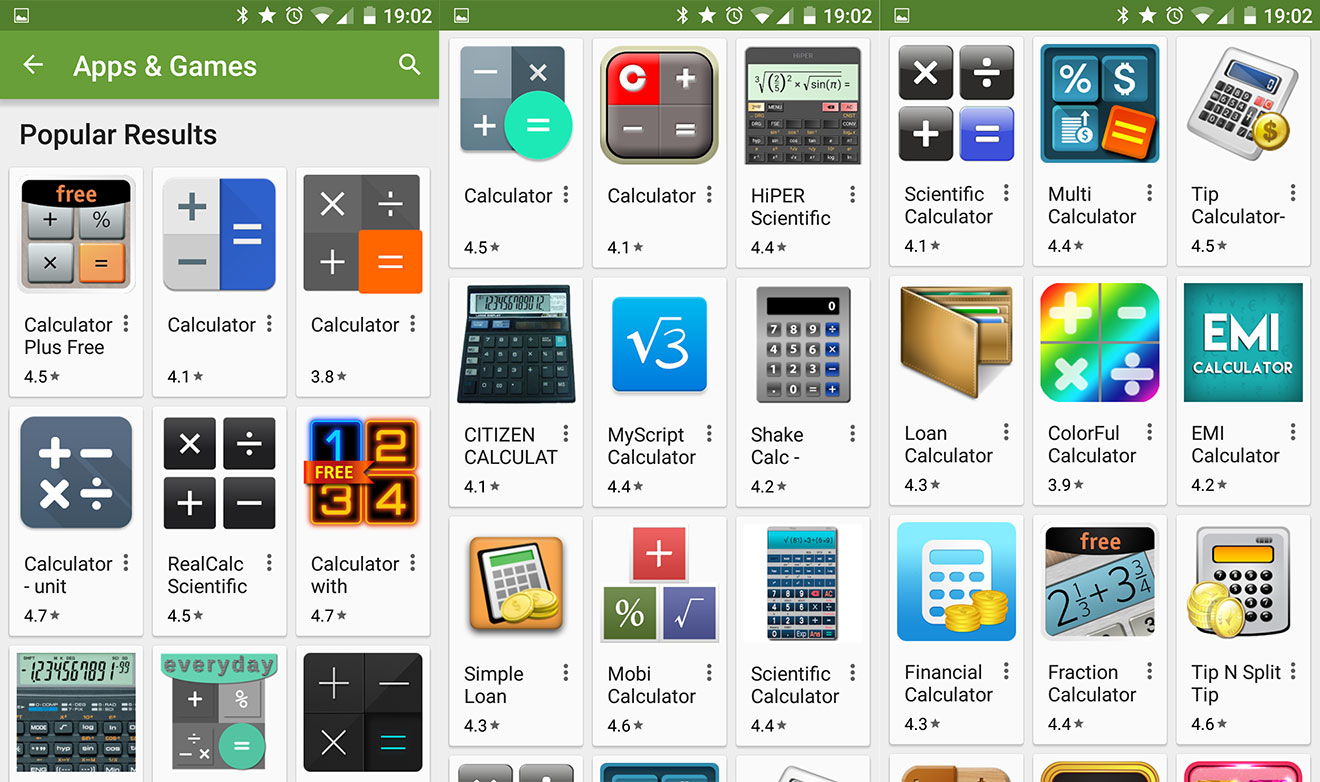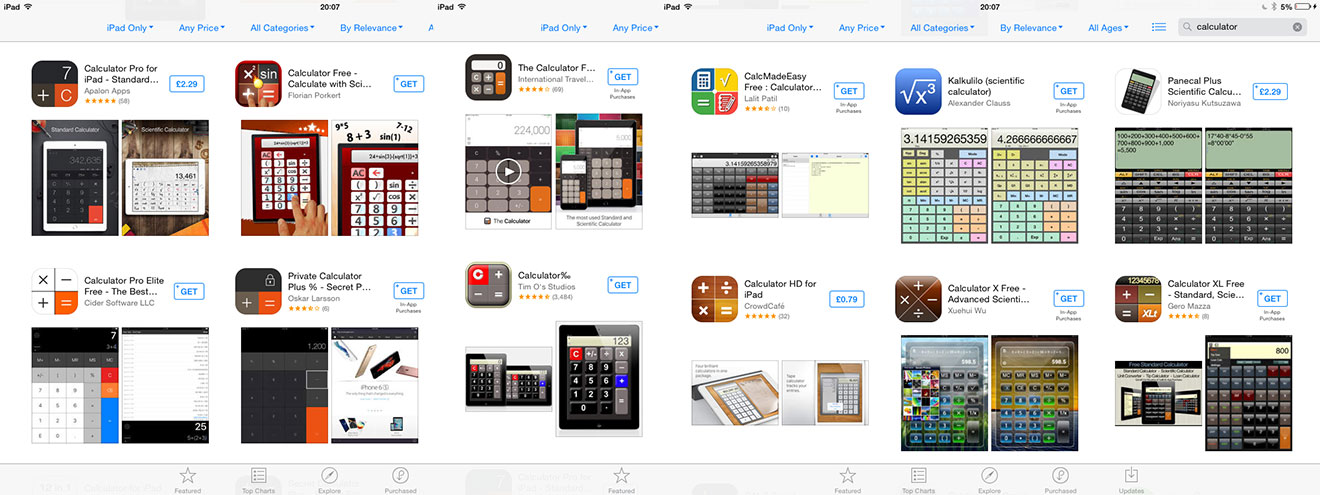With the formalisation of progressive web apps (and their associated APIs and technology), there's been huge progress with respect to realising the real potential of a web app but there's still a few hurdles that will need to be solved in the future. One hurdle in particular that has come up in a number of posts I've read recently is: discovery.
This post is inspired by another post with a section entitled: Challenge: discoverability ("websites on a plane").

MY EBOOK£5 for Working the Command Line
Gain command-line shortcuts and processing techniques, install new tools and diagnose problems, and fully customize your terminal for a better, more powerful workflow.
£5 to own it today
In my mind, web app discovery breaks down into a few distinct groups:
- Browse: I'm looking for an app that does a thing. ie. a calculator
- Find: That app sounds cool, I want to install it. ie. being advertised to or word of mouth
- Get: I want to find the app that goes with this specific thing. ie. being told to visit "our URL to install our app"
TL;DR it's not a problem. It's easy to think that native app stores are what we're comparing to, but they have their own problems and limitations. Native apps are only available via stores. Progressive web apps don't have the same restrictions. User engagement will be, and is better because there's fewer steps to installation. Discoverability will be won by URLs (direct marketing) and curated app stores.
Browse apps
Quoting from the article that prompted this blog post:
On web, I can search in … Google? Nope. I'll usually get a pile of ugly and ad-ridden sites that happen to be old enough to have reached high rankings.
This is true. However, the same is also true today with app stores. Here's the Google Play store searching for a calculator:

And equally from the Apple store:

The choice is vast (and goes on). The reviews are fairly similar (though Apple showing the number of reviews is certainly useful), and if I'm honest, out of all the averagely good ones, I'll pick the one with the nicest icon, and hope for the best.
These app stores are only successful in the simple fact that users don't have any other choice in how they can find and install apps.
The web does have web app stores already, Mozilla's marketplace is once such example. The "problem" is that it's not ubiquitous.
There is no single store for web apps.
Actually, this is huge: There is no single store for web apps. This means we can have carefully curated app stores that suit our needs perfectly.
Web app stores with curated apps specifically for designers, or specifically for new parents, or specifically for kids under the age of 6, or specifically for cat lovers, or specifically for paid-for apps, or specifically free apps, or specifically by Google, or Microsoft, or Apple…the list goes on. The opportunities are limitless.
None the less, apps that rely on installation via the browse method are always competing in an already extremely saturated market. I believe (though without any research to back up this claim), that marketing and word of mouth is what drives successful conversions to installation. That process isn't solved using the browse method, but specifically users knowing what they're looking for, using the find and get methods.
Find & Get apps
This is where the notion of discovery being a problem for progressive web apps just falls apart.
For context, here's what we're dealing with with respect to native apps today. I listen to the radio in the car. At least once a week I hear the radio station announce:
Visit magic dot co dot uk to download the Magic app to your smartphone or tablet.
The directions are clear: visit a URL to get their app (to listen to the radio station that I'm already listening too…). Except, in truth, I know this will involve a number of extra steps:
- Visit the site
- Find the link to download their app
- Open app store and install
- Accept various permissions: carte blanche (though I believe this is much better in newer mobile operating systems)
- Now open the app (or I could–and have been—completely distracted by the other app suggestions and completely forget what I intended to do)
- App launches and I'm advertised at
- Sign in to the app (though thankfully Magic allowed me to skip this, IIRC Absolute Radio made it a horrible experience)
- Listen to music! Phew!

Let's compare that to a progressive web app:
- Visit site
- Add to home screen. Optionally nothing changes now and I'm still on the site, and I have the "app" version on my home screen, but let's assume I wanted to leave.
- Go to home screen and open site
- Listen to music
I didn't have to negotiate the user's operating system to send them to the right store, I didn't have to build the same working music app in Java and Swift (or Objective-C or what-have-you-I-lose-track), and if the user doesn't have a compatible browser with progressive web app technology (like Service Workers), it still works.
Progressive web apps allow users to truly "visit our URL to install our app".
It's on us, as I realised recently, to make sure that we create a trustworthy experience. The discovery will solve itself: in fact, it's most of the way there already.